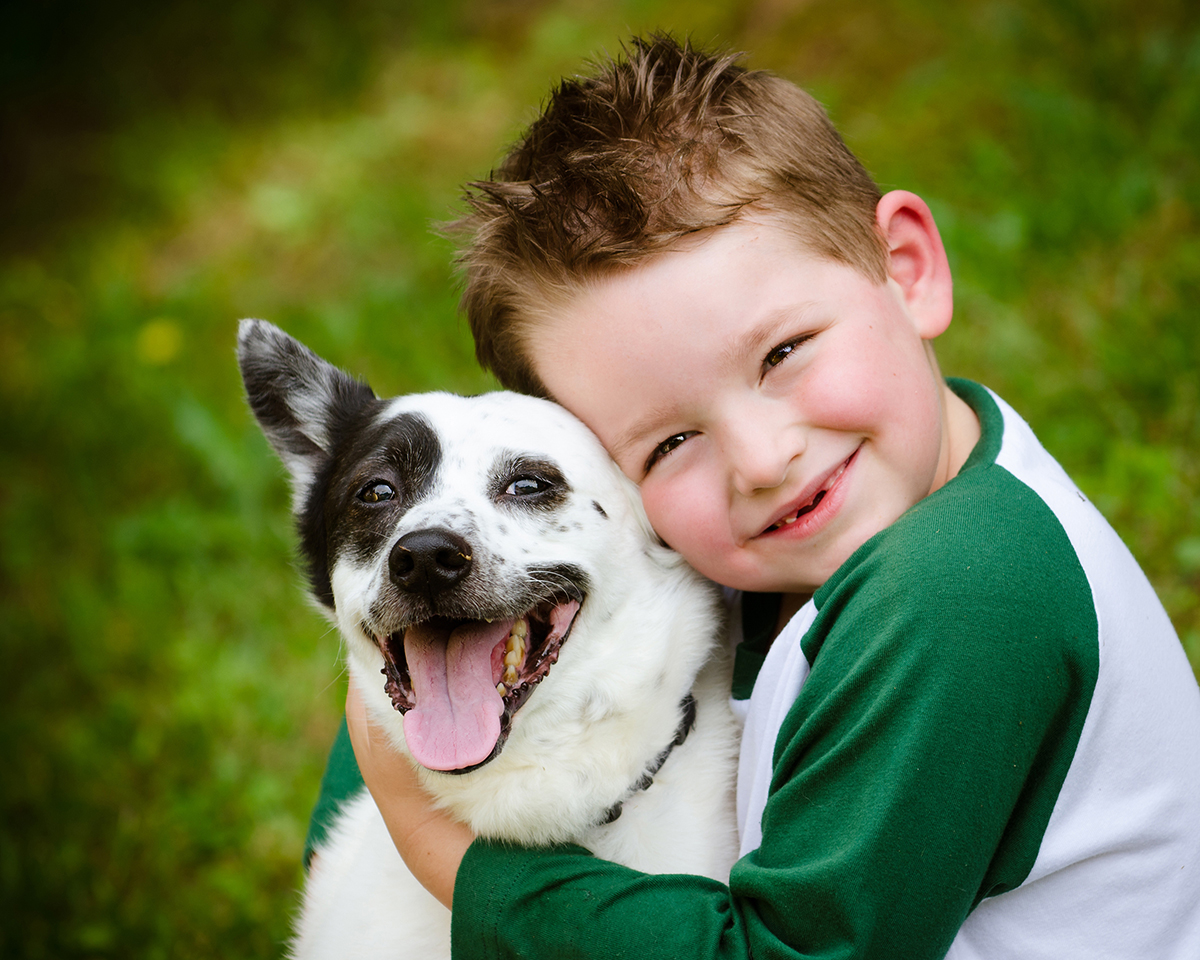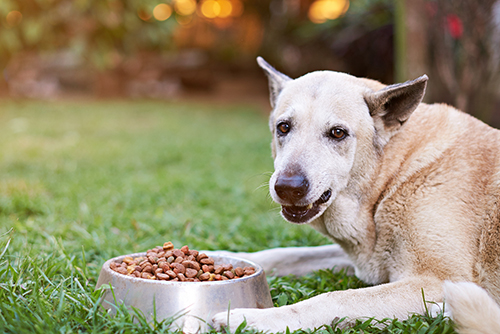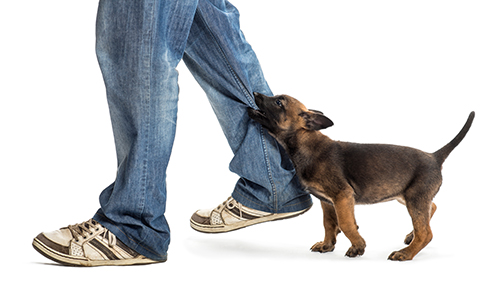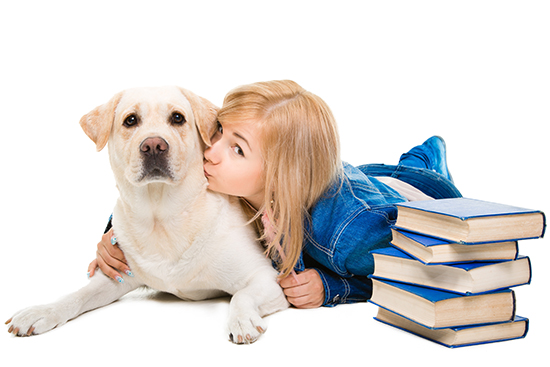Traveling With Your Pet
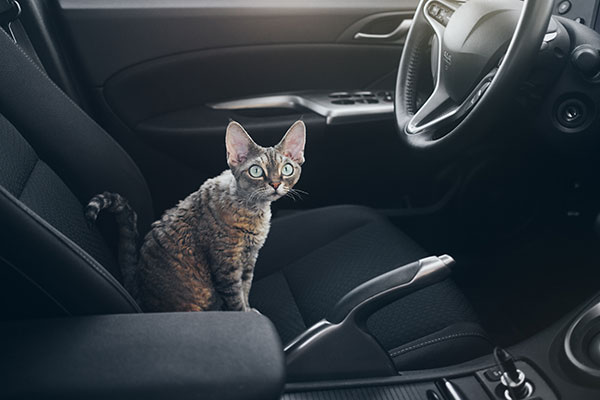 Are you planning a road trip this fall, camping maybe, visiting friends, or just a weekend excursion to admire fall foliage, and intend to bring your pet along for the journey? It takes extra preparation to make traveling with a pet safe and enjoyable, especially for overnight or extended stay trips. You can’t just deposit your pet in the back of the car and drive off on your adventure. These tips recommended by the ASPCA can help make navigating the highways a breeze.
Are you planning a road trip this fall, camping maybe, visiting friends, or just a weekend excursion to admire fall foliage, and intend to bring your pet along for the journey? It takes extra preparation to make traveling with a pet safe and enjoyable, especially for overnight or extended stay trips. You can’t just deposit your pet in the back of the car and drive off on your adventure. These tips recommended by the ASPCA can help make navigating the highways a breeze.
[arrow_list]
- Acclimate Your Pet For Long Drives: If your four legged family member is already a seasoned car passenger this step may be easy. But for newcomers to extended vehicle treks, acclimate taking your pet by taking several short rides, (always in a crate or harness) increasing the length of the trip incrementally.
- Secure The Travel Apparatus: Dogs typically like boundaries and aside from the breeze factor, in the long run do better when confined in the car. Although cats may not be fans of a crate, it’s unsafe for a cat to be roaming around a car, particularly when you are alone. That said, if the cat has a temperament where it allows being held for hours on end, that might be preferable to listening to it plaintively meow for hours. Otherwise everyone should be in a crate, harness or snug SUV barrier area. Make sure that the crate or harness is always secured to avoid slipping or rocking movement during turns and quick stops. Bring a pillow or blanket for familiarity.
- No Catching Air: Although most dogs adore an open window with fur flying, ears flapping and their nose in the wind, don’t allow your dog to catch air with any part of them outside the window. There is risk of injury from flying objects, sideswiping by other vehicles not paying attention, or either falling out or dangling along the door if not properly secured (recall the scene from the movie Marley and Me).
- Travel Feeding Schedule: Feed your pet a light meal three to four hours before your planned departure time. Don’t feed your pet while the car is moving to avoid choking, car sickness, or spillage of nuggets.
- Entertain Your Pet: A favorite toy or a long lasting chew bone (the kind with stuffing potential are good options) may keep your dog entertained for hours. If there are passengers with access to a crated cat, allow them to play with the cat and some favorite playthings.
- Talk to Your Pet: That’s right. Have everyone talk to the pet during the trip using their most embarrassing pet voice. Repeat their name often – even though it’s the only thing they probably will understand – the sound of human voices babbling is comforting to them. And it helps pass the time for the babblers too.
- Integrate Rest Stops Into the Route: It’s common for some members of the family to get a little car weary. That includes toddlers and often pets. When you take a rest stop, give your pet one too. Provide a small treat, fresh water and a potty walk. Try to get a little exercise in – it’s good for everyone! If there is a designated pet area a dog might enjoy a little playtime with new friends, and get a little tired too. After all, a snoozing pet is always preferable to a restless and possibly vocal one.
- Bring Your Own Water: Pack bottled water or water from whatever source they are used to – tap or fridge purified water – and store in plastic jugs. Water from other locations may contain chemicals or minerals your pet is not accustomed to and may result in upset stomach.
- Pack a Traveling Kit: Assign a small backpack or bag specifically for your pet and include: vaccination records; toys; food; water and food bowls; medications; brush and hair removal tape roller; leash; first aid kit; vet’s contact number; waste bags and scooper; and for a cat – a small portable litter box and litter.
- Identification Precautions: Microchip your pet and register them prior to travel for identification tracking. Attach a tag to your pet’s collar imprinted with the animal’s name, cell phone contact number, and your home address.
- Never Leave Any Living Creature Alone in a Parked Vehicle! Depending on the weather, a parked vehicle can become a furnace and promote heatstroke within minutes, or a refrigerator causing frostbite or even death (depending on time left in vehicle, breed and size of animal).
- Protect Your Car’s Interior: It’s a good idea to buy rubberized floor liners and seat covers to place in areas where your pet will be stationed.
- Stay at Pet-Friendly Lodging: Besides being unconfined, there may be more opportunities for socialization with other guests (human and animal), and you know your pet feels secure and relaxed within your presence. A cat can have the luxury of a litter box. When leaving the room for an extended period of time, it’s a good idea to crate the pet or leave in a closed bathroom – that way if a staff person enters the room for cleaning or repairs, the animal feels less threatened, and potential for escape is minimized.
[/arrow_list]
Contact Whitworth Animal Clinic, located in the Huntsville and Madison, Alabama area before you leave to make sure your pet is up to date on vaccines. And we can share our knowledge and links on our website’s Related Links page (at the bottom) to internet sites with more pet friendly travel tips. If you follow the above suggestions, you should have a stress free pet, which makes traveling with your pet a stress free pet owner.


